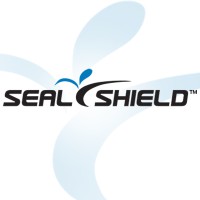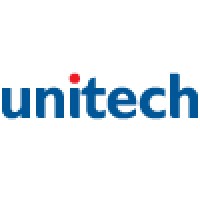
Seal Shield™
Founded in 2006, Seal Shield introduced the industry’s first waterproof keyboard. Today Seal Shield is a world leader in the innovation, development, and manufacturing of specialized solutions that support a cleaner environment, including waterproof keyboards and mice, multilayer screen protectors, and UV-C Sanitization systems for portable devices & equipment. As a result of the COVID-19 pandemic, corporate institutions, governments, food services, education facilities, and vulnerable organizations are demanding these solutions. Our technologies offer products compatible with the most potent cleaners and disinfectants as well as mobile device management and UV-C sanitization compliance. When combined, Seal Shield products provide the most complete solution available for adequate cleaning in any organization.






